47% of students have considered withdrawal from Grinnell College
A photo illustration of Grinnell College students on Mac Field as their impressions slowly fade from the campus.
May 1, 2023
Amid recent College-administered surveys that reveal nearly half of Grinnell College students have considered leaving the institution, including a disproportionate number of students of color, some faculty and administrators have expressed intentions to address contributing factors, including academic workload and social isolation.
During the April 3, 2023 Grinnell College faculty meeting, faculty discussed potential academic changes targeted at raising the College’s retention and graduation rates. According to the graphs presented in the meeting, the percentage of fall 2021 entrants retained to fall 2022 was 93%, which is comparable to the College’s 16 peer institutions. The percentage of 2016 entrants graduating in 6 years was 88%, which is consistently between 2 and 6 percentage-points lower than the peer average. The 6-year graduation rate for Black students was roughly 7 percentage-points lower than that of white students in 2022.
At the meeting, Graham Miller, associate director of strategic research, presented spring 2022 survey data that indicates that out of 407 current student respondents, 26% had “seriously considered leaving,” 18% had “thought about leaving, but only a passing consideration,” and 3% had “considered leaving but didn’t know the magnitude.”
According to the April 17 summary of the April 3 faculty meeting, faculty members had “expressed their frustration that multiple studies indicated a culture of overwork, and yet, a lack of action and change prevailed.” Faculty proposed alternative grading methods, changes to curriculum and a student survey aimed at determining reasonable workload expectations. According to the summary, studies and survey data indicated that feeling overworked was disproportionately felt by students of color and low-income students.
Tashanna Johnson, a Black student who transferred to the University of Kansas after completing her second year at Grinnell in the spring 2021 semester, suggested that the graduation rate may be disproportionate because the College falsely presents itself to students of color.
“The College always talks about diversity and inclusion, but a lot of it is falsely advertised,” Johnson said. “Most of the diversity comes from international students. It’s great to have them, but they don’t make up for having domestic Black students.”
Johnson said that she experienced countless incidents of racism and microaggressions both on and off campus in Grinnell, yet nothing was done even after she followed the formal reporting process. Johnson said that these incidents affected her mental health and that the College offered inadequate resources to help her.
Johnson also cited a lack of financial aid, although she said processes may have changed since she left.
“I come from a foster background, so I didn’t have parents to help me pay,” said Johnson, who received a Questbridge scholarship to attend Grinnell College. “The amount that Grinnell expected me to pay per semester was more than I was making for a full year of work, even when I was clocking more hours than the legal limit on campus.”
Vrinda Varia, assistant chief diversity officer for intercultural student life, and Marc Reed, interim vice president for diversity, equity and inclusion and chief diversity officer for staff equity, wrote in a joint email to the S&B that 2021 campus data indicates that Black students are more likely to experience microaggressions and overt racism, and to not feel safe off campus. In summer 2021, a study produced by Strategic Research and the office of diversity, equity and inclusion also found that racist incidents, racialized experiences and general student life, among others, were contributing to the attrition of Black students.
Charissa Kim, who transferred in 2022 after her first year at the College, said that her experience with the Title IX office ultimately led her to leave. Kim said that she took a medical leave after she was sexually assaulted in fall 2021. When she returned in spring 2022, Kim said that the perpetrator repeatedly broke their no-contact order without any transparent repercussions from the Title IX office.
“It was difficult to consider transferring. I loved my friends. I loved my classes. I loved everything about the school,” Kim said. “It was just this one incident, but because it was handled poorly, I ultimately felt that I could no longer deal with it here.”
Bailey Asberry, the Title IX coordinator, wrote in an email to the S&B that the Title IX office is continuously examining its processes and working to be as transparent and consistent as possible while also meeting the required components laid out by federal law.
Kim said that another factor in her decision to transfer was the rapid spread of personal information and misinformation across campus following the incident.
“A small school is great for a number of reasons, but it can also be really damaging when there’s an incident that circulates instantly among students,” Kim said. “Students need to stop using Yik Yak. If you hear about an incident, be quiet about it. The best way to support whoever is dealing with an issue is to let them figure out their own response.”
In January 2018, Georgeanna Robinson and the office of analytical support and institutional research published a report that examines why students left Grinnell College. Of the 30 students interviewed, the report indicates that 11 left for mental health reasons, 7 left to find a better institutional fit, 5 left because their desired major was not offered, 3 left because they always planned on transferring and the remaining 6 left for “specific reasons that were individual to them.”
Joyce Stern, dean for student success and academic advising, said that initiatives aimed at student retention are being led by the president’s office, offices ranging from Academic Advising and the Center for Careers, Life, and Services to Residence Life and Student Health and Wellness and faculty development programs. Stern said that the Fall 2022 Strategic Planning Responses document, for example, include suggested resources, policies, practices and educational opportunities to cultivate feelings like belonging based on 700 comments from faculty, staff and students.
Stern also said that the semesterly “Microsurvey,” which asks students to identify how they are doing, is a good way for the College to know which students to direct the most time and resources to. The Peer Connections Pre-Orientation Program (PCPOP), Stern said, intends to foster belonging for students from historically marginalized backgrounds, including first-generation students, students of color, students with disabilities and LGBTQ+ students.
“A piece of what we’re focused on is the graduation of students, but we also focus on the quality of the experience,” Stern said. “Just because students graduate doesn’t mean they had a great experience.”
According to Johnson and Kim, the reasons to transfer or withdraw from Grinnell extend far beyond academics to include feelings of social isolation, financial and mental health concerns, overtly racist experiences and the College’s location.
For students of color specifically, Varia and Reed wrote that listening to their needs and experiences at every level — administrative, faculty, alumni and peer — is the first step to raising the quality of their time at Grinnell.
“We’d encourage people to listen and reflect on what they are hearing from people and spaces directly, and consider how they are situated to create pathways of persistence,” Varia and Reed wrote. “For example, the Black Student Union’s 10-point plan offered specific and tangible solutions to address the safety concerns and wellness of Black students.”
According to Varia and Reed, the Office of Diversity, Equity, and Inclusion is already taking steps to help determine new models for the cultural centers, encourage Student Affairs to consider the holistic co-curricular student experience and advocate for culturally and identity informed practices.
The April 3 meeting data indicates that raising the graduation rate to the peer average requires roughly 15 additional graduates per year. To raise the Black student graduation rate to the rate of all students at Grinnell, roughly three additional students would need to graduate per year.
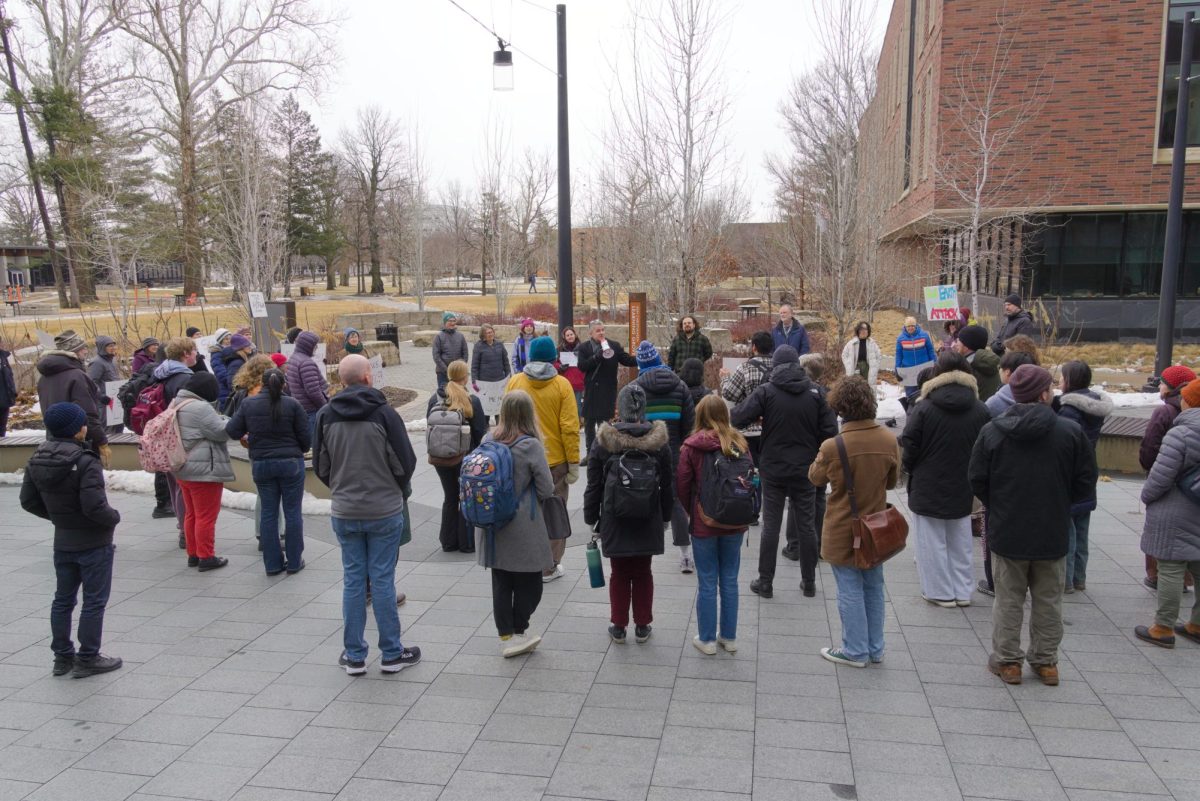

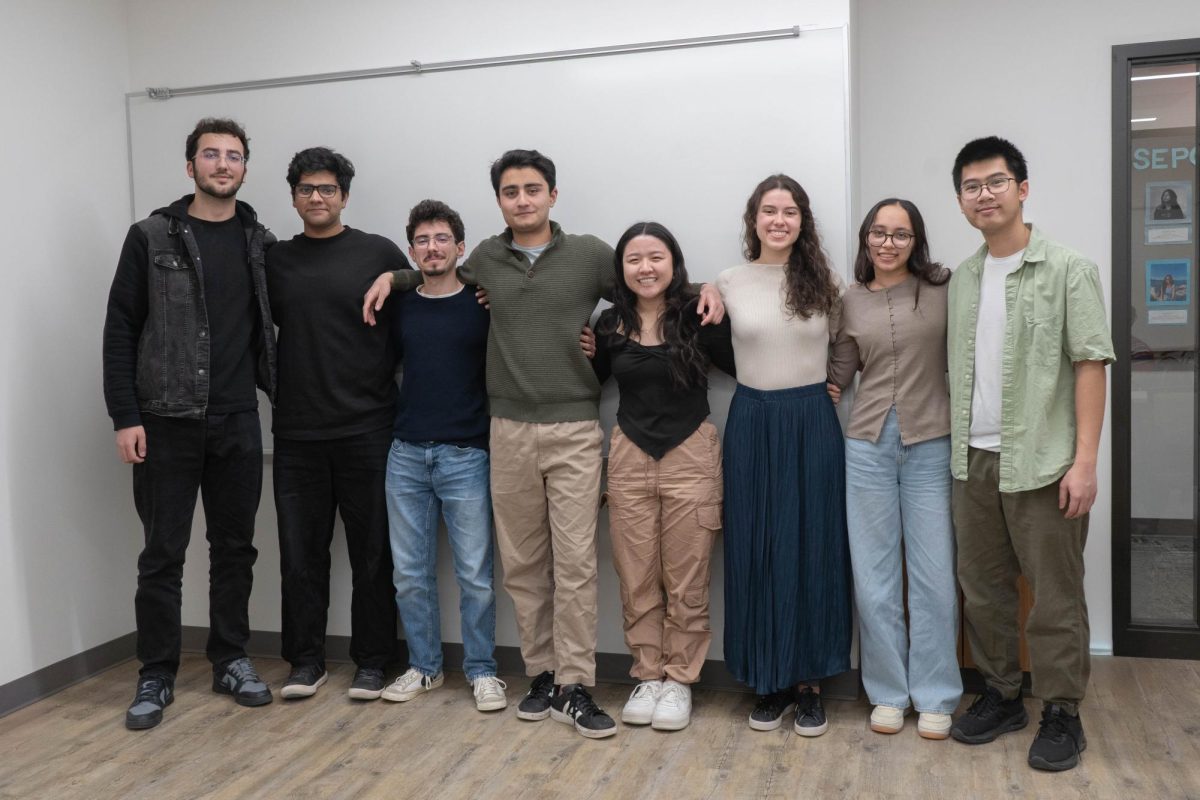


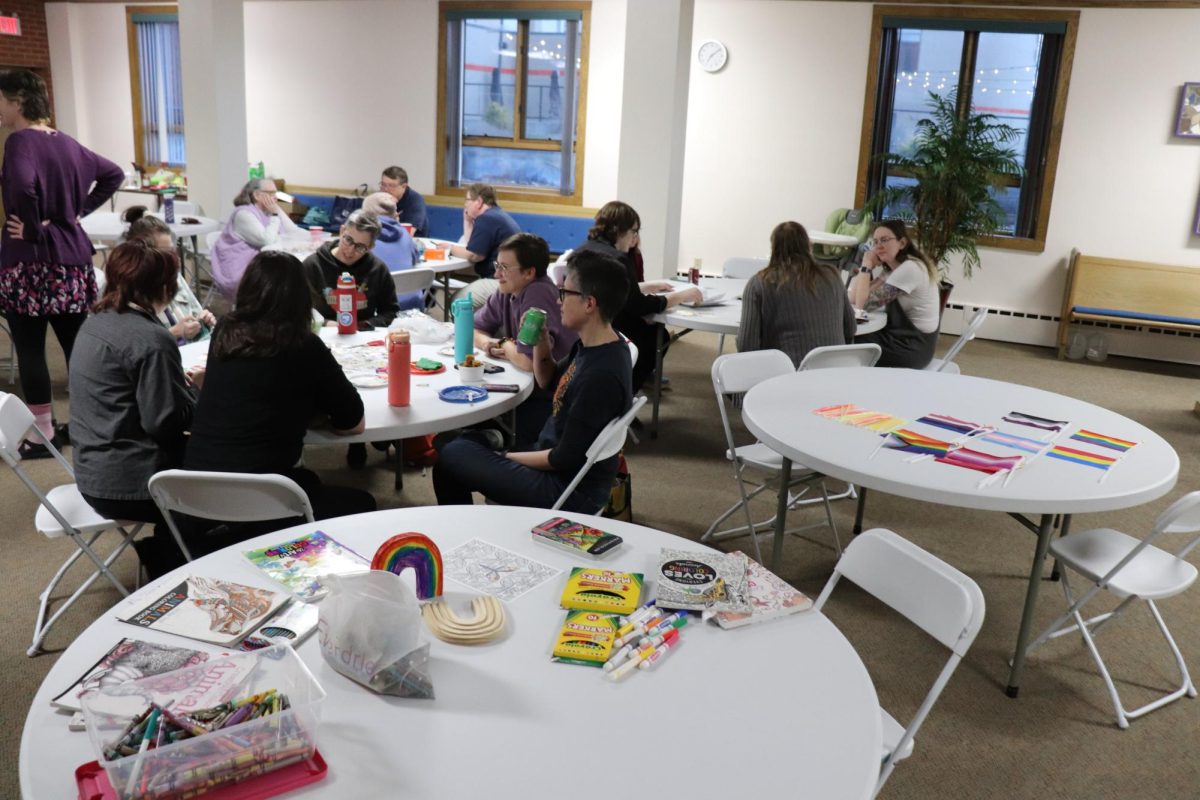

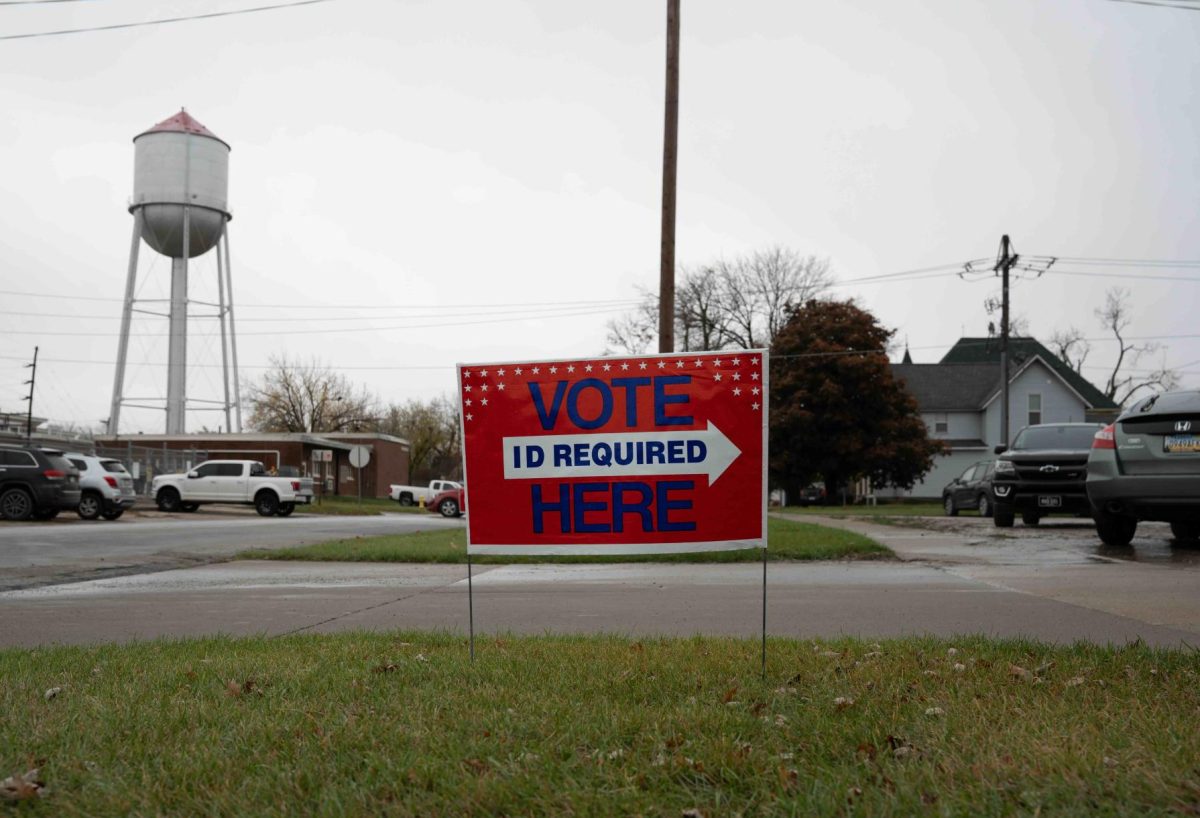

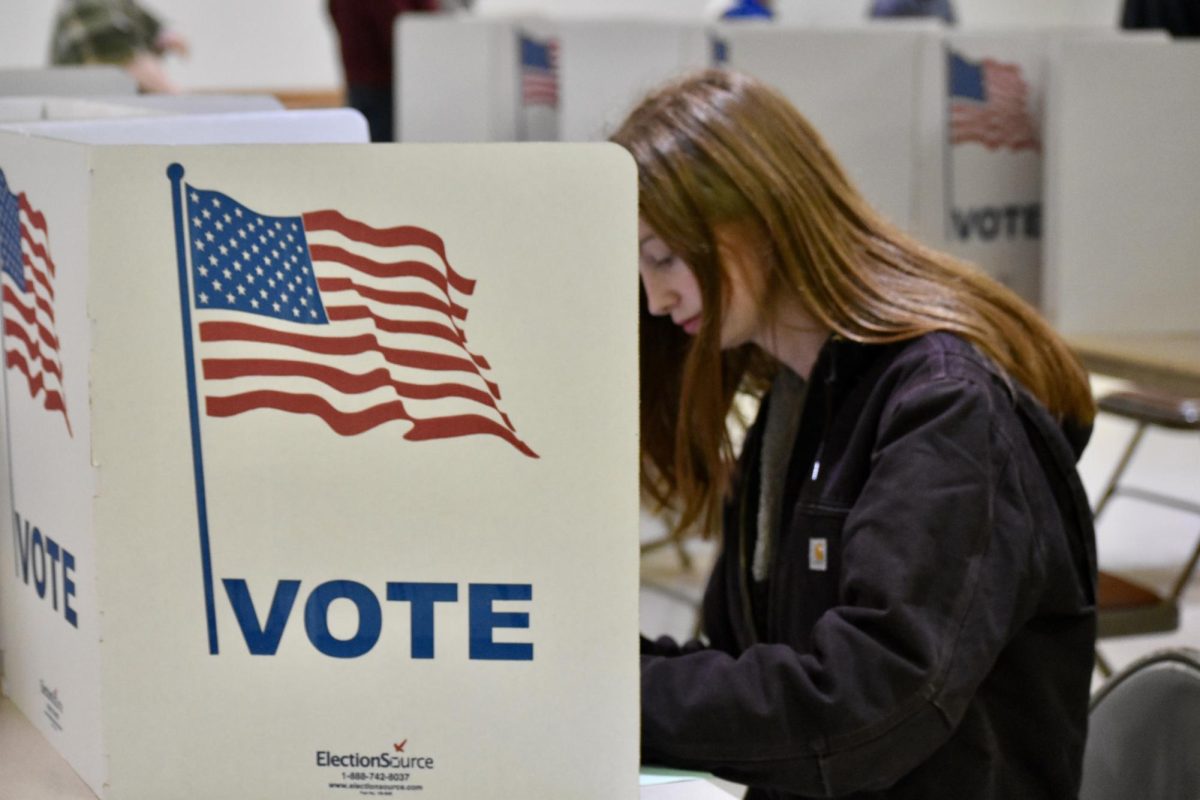


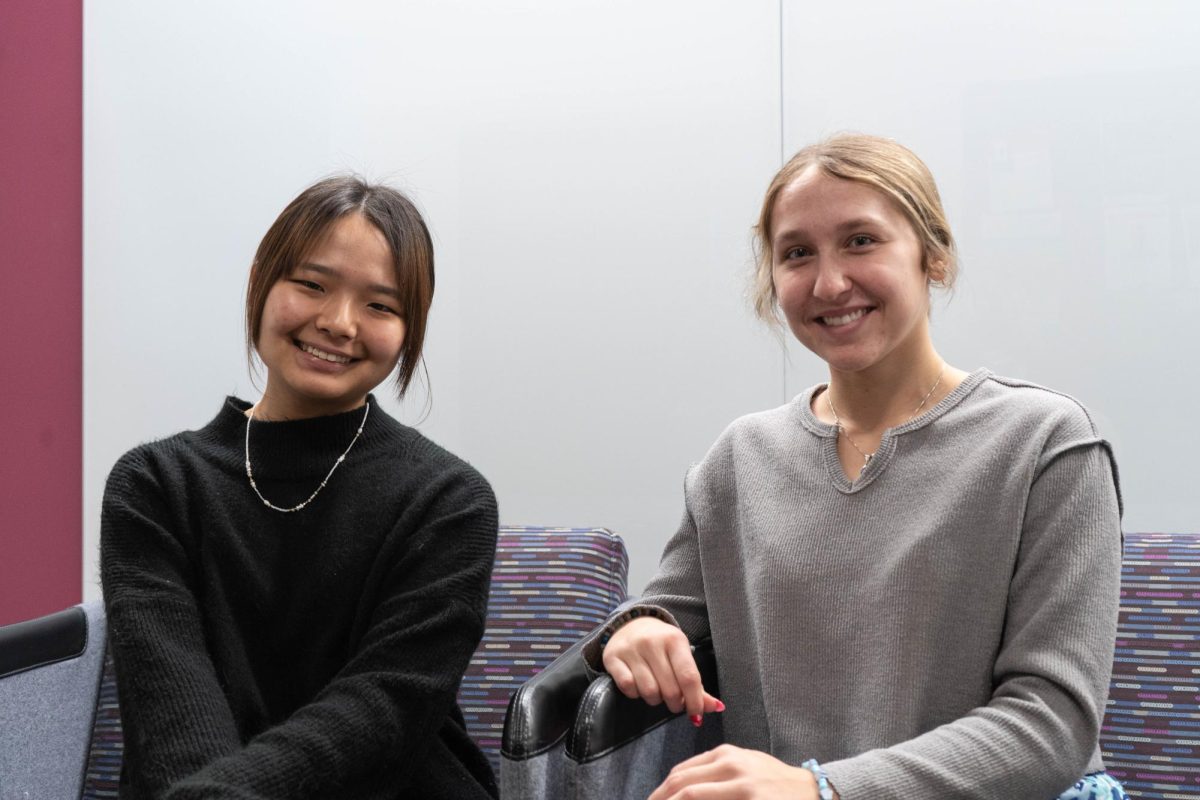


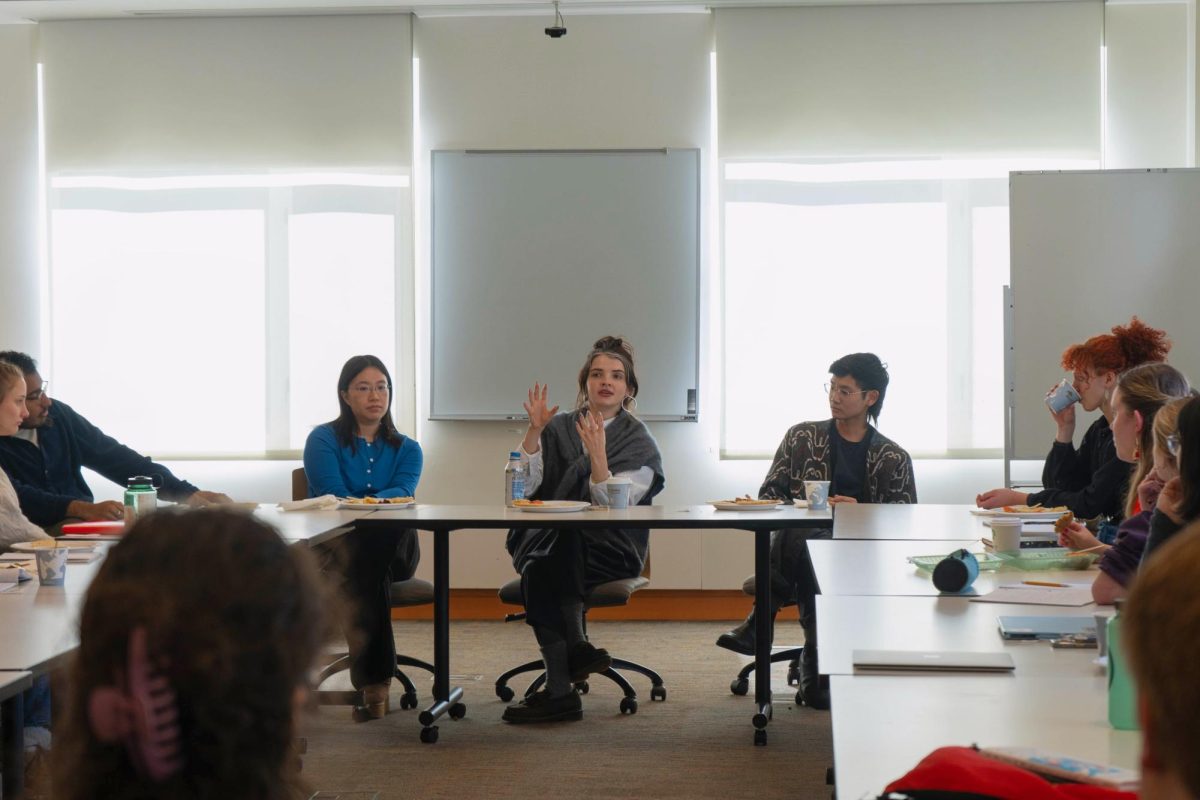



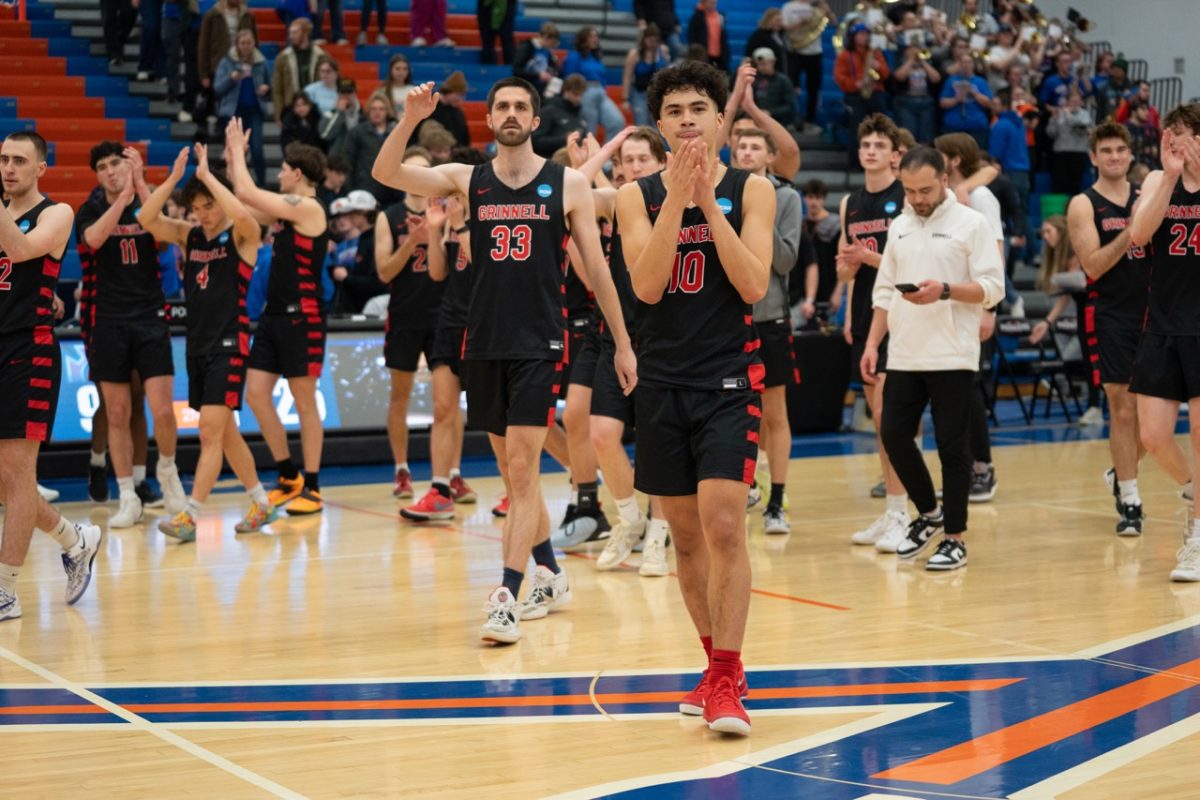


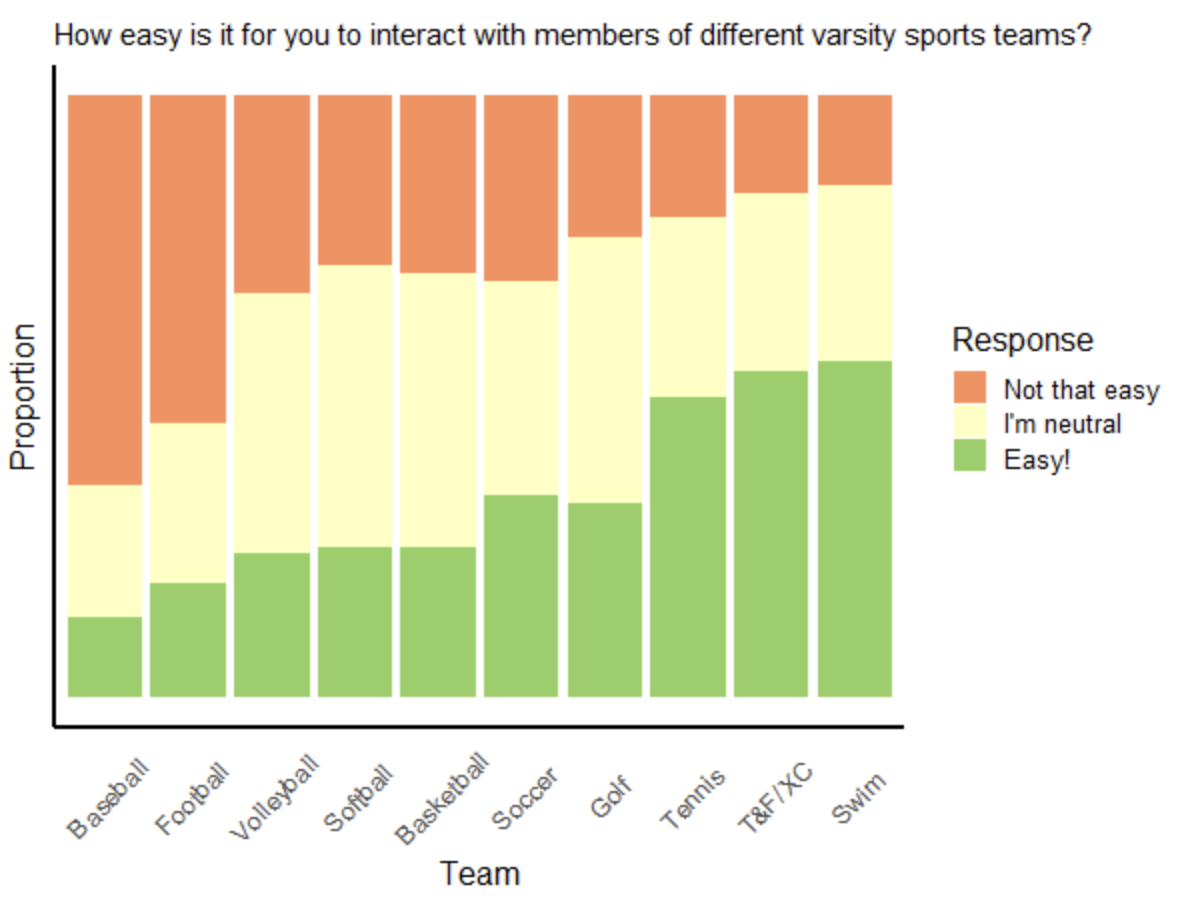






























William Eisenbarth • May 1, 2023 at 3:48 pm
Dont leave !!!
You are in one of the greatest liberal arts colleges in the United States!
Many students would give anything to attend Grinnell Im one of them..and Im 77 yrs old!
Meet as a unified voice with faculty to make short term plans to create a more desireable environment, academically and socially!
With a nod to my time at Marshalltown Community College and CU Boulder and our feelings about the US in the 60’s, say
Grinnell College:”Love It or Fix It !”